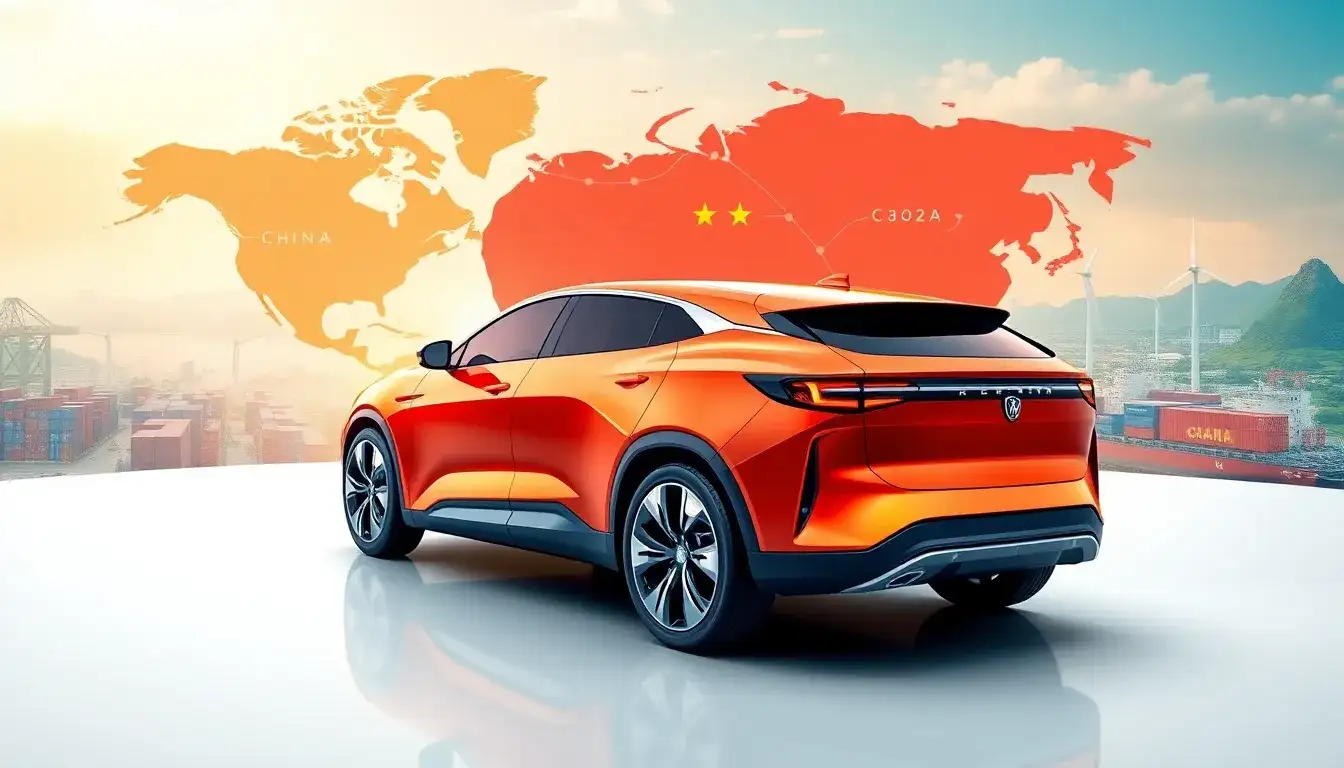
2025 New Energy Vehicle Export Market Goals: Belt and Road Initiative Report Summary and Analysis
In recent years, China’s demand for automobile exports has surged, maintaining a robust growth trend. By the first quarter of 2023, the total number of vehicle exports exceeded that of Japan, marking a significant moment for Chinese automobiles to “set sail” internationally. This report aims to clarify the context of China’s automotive export initiatives, analyze the current state and characteristics of automotive manufacturers’ overseas ventures, and explore the risks and challenges, as well as market opportunities and trends.
Chinese independent automotive brands have made significant strides in areas such as intelligence, electrification, R&D/production, and supply chain integration. Additionally, with the acceleration of carbon neutrality efforts, the government has intensified support for independent brands and new energy vehicles (NEVs), providing a strong impetus for Chinese automotive companies to expand overseas. Despite facing numerous hurdles, the global market’s supply shortages and international turbulence during the pandemic have created opportunities for exponential growth in China’s automotive exports.
The export history of Chinese automobiles is extensive, with increasingly diverse methods of going global. In addition to complete vehicle exports, companies are now also establishing overseas factories, making foreign investments, and engaging in mergers and acquisitions. This evolution signifies a shift from merely exporting products to exporting the entire value chain, including R&D, production, and sales.
In recent years, the volume of complete vehicle exports from China has surged, overtaking Japan to become the second-largest exporter globally. The performance of NEV exports has been particularly impressive, with Western Europe and Southeast Asia identified as principal target markets, showcasing a clear trend towards brand premiumization.
China’s automotive exports have now completed their preliminary phase of experience accumulation. Driven by enhancements in both product strength and brand power, the industry is progressing toward high-quality exports. Key trends indicate a migration towards developed nations, deeper penetration into European markets, and the establishment of key market bases for global expansion.
As the domestic automotive value chain matures, supported by overseas resources, the ecosystem for Chinese automotive exports will continue to develop. From a pricing perspective, China’s automotive exports show a steady increase in average prices. Data from the General Administration of Customs indicates that the average export price of complete vehicles has risen from ¥85,000 in 2018 to ¥122,000 in 2022. Notably, there is a clear trend of premiumization in the export of pure electric vehicles. Since 2020, the average export price of NEVs has consistently grown, reaching ¥147,000 by 2022, driven by the increasing presence of pure electric passenger vehicles. In contrast, the average export price of plug-in hybrid vehicles has begun to decline.
In summary, the characteristics of China’s automotive export products indicate a steady rise in average pricing, with a notable trend towards premiumization in pure electric vehicle exports. These developments reflect the technological advancements and brand upgrades within China’s automotive manufacturing sector, as well as the growing demand for NEVs in international markets.
For further insights, you can access the complete report series on the 2025 NEV export market goals, including 246 related industry research reports.







